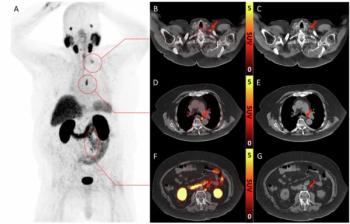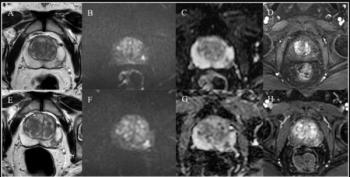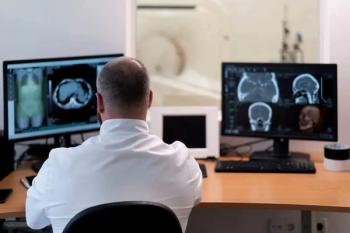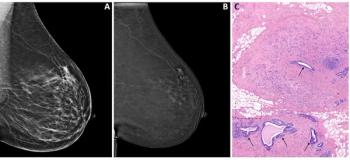
6-to-12 Month Ultrasound Screening Intervals Improve HCC Outcomes
Undergoing more frequent abdominal screening can improve life expectancy and quality of life for patients with hepatocellular carcinoma.
More frequent screening with ultrasound for patients who are at high risk for hepatocellular carcinoma (HCC) results not only in lives saved, but also improved quality of life.
Liver cancer is the sixth most common cancer worldwide, and it is the third leading cause of cancer-related deaths. HCC accounts for most of the liver cancer cases. Despite recent improvements in medical technology and with treatments, the HCC 5-year survival rate remains low, underscoring the need for improved efforts for earlier detection.
In a study published June 24 in JAMA Network Open, investigators from Taiwan evaluated the impact on more frequent ultrasound screening in patients who are at high risk for developing HCC to see whether more observations could lead to better patient outcomes.
According to their analysis, it can. Specifically, regular ultrasound screening between less than 6 months and one year may be associated with earlier HCC detection, less loss of life, and improved quality of life, the team said.
“In this study, ultrasonography screening using shorter intervals for high-risk patients detected HCC earlier, suggesting that such a screening approach may save more lives and improve quality of life,” said the team led by Jung-Der Wang, M.D., ScD, from the public health department at National Cheng Kung University Hospital, College of Medicine.
Currently, three organizations – the American Association for the Study of Liver Disease, the Asian Pacific Association for the Study of the Liver, and the European Association for the Study of the Liver – all recommend abdominal ultrasound screening at 6-month intervals for high-risk patients. However, many studies don’t support this recommendation, and adherence to the guideline has been inadequate, the team said.
To determine what impact – if any – more frequent ultrasound screening has, Wang’s team assessed data from 59,194 patients (42,081 men and 17,113 women) from three national databases in Taiwan who had newly diagnosed HCC between 2002 and 2015. The team followed the patients for 14 years. In addition, they assessed quality of life measures on 1,059 patients.
For the study, they divided participants into five screening interval groups: 6 months (0-to-6 months), 12 months (7-to-12 months), 24 months (13-to-24 months), 36 months (25-to-36 months), and more than 36 months.
Among both men and women, less than 50 percent complied with abdominal ultrasound screening within 6 or 12 months. Both sexes had a decreasing trend in the total number of ultrasound screenings in the three years before their HCC diagnosis.
Alongside HCC, study participants also had other conditions. Men had a higher proportion of underlying hepatitis B infection and alcoholic liver disease, and women had higher levels of underlying hepatitis C infection and liver cirrhosis.
When they examined the loss of quality-adjusted life expectancy, the team saw greater losses accompanied longer screening intervals. Based on their results, they also found that both men and women who had underlying hepatitis B infection or cirrhosis had the greatest improvement in life expectancy with shorter screening intervals.
Additionally, in their results, the team discovered that patients who are screening more regularly were more likely to benefit from surgical intervention or loco-regional therapies, including radio-frequency ablation and percutaneous ethanol injection. Additionally, their HCC cancers were caught at earlier stages, the team said.
“The results of this study suggest that regular ultrasonography screening with an interval of 6-to-12 months or less may lead to early detection of HCC and may save lives and improve utility for patients with HCC from a lifetime perspective,” the team said. “Because people with underlying risk factors (including hepatitis B virus or hepatitis C virus infection, cirrhosis, and alcoholic liver disease) showed only slightly more frequent ultrasonography screening than those without underlying risk factors, we recommend improving this clinical practice.”
For more coverage based on industry expert insights and research, subscribe to the Diagnostic Imaging e-Newsletter
Newsletter
Stay at the forefront of radiology with the Diagnostic Imaging newsletter, delivering the latest news, clinical insights, and imaging advancements for today’s radiologists.






























